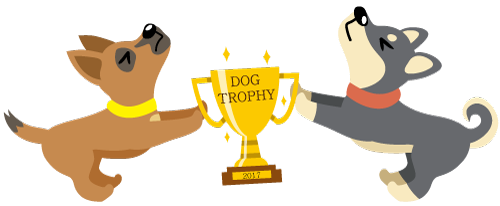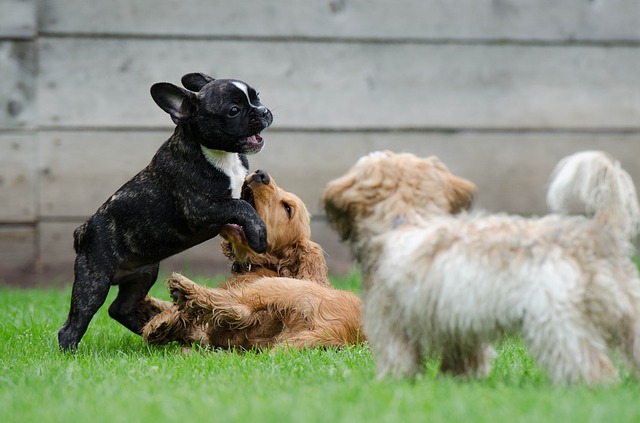Dogs have the ability to feel almost everything that humans feel. They can feel sadness, happiness, fear, shyness, etc. What they do not feel are complex emotions such as guilt, pretense, and callousness. Interestingly, their feelings are black and white, almost as they see the world around them. Here are those 5 human emotions that dogs express.
Happiness
That dogs feel joy and happiness has been proven by observing their behaviour, but also by much more serious techniques of recording brain activities. However, every owner can best know (assume) the emotional state of his pet if he knows the body language of dogs. The happy dog waves its tail, jumps is energetic, and has a slightly open mouth. Happiness is caused only by your presence, some of their or joint activity, praise, awards, games, etc. In any case, when dogs are happy, they do not hide it and do not fool around. They love you, they are simply happy because they are with you and you have to reciprocate.
Sadness
Unfortunately, sadness is a part of our lives and the lives of our dogs as well. It is important to react as soon as possible to make the mood better as soon as it is possible. If ignored, it can lead to more serious conditions such as depression. Dogs like contact with the owner and the company from the area. When they feel that their needs are being neglected, problems begin. Constantly sleeping, loss of interest in daily activities, retreating to parts of the apartment where they will be alone, are some of the signs that the dog is grieving. Of course, in relation to the cause of sadness, these signs can be even more drastic. A dog that loses a friend or owner will often visit a place that is now empty. Some will even whine or howl, and this kind of advertising is clearly different from that advertising when the dog is happy. You don’t want a sad dog? Seek the help of a veterinarian at the first signs of sadness.
Fear
This is the basic feeling that adorns all intelligent creatures. So, dogs are not fearless, although, as people in different situations, they show incredible courage. But some fears are deeply rooted and need to be addressed so as not to lead to much more serious problems. Fear of thunder or thunder, an explosion of firecrackers, and fireworks are not uncommon reasons for dogs to show fear and characteristic behavior. Lowering the head and ears, tucking the tail under the body, generally speaking, the bent position of the body is a clear indicator that the dog is under stress. Withdrawal, hiding, and even seeking shelter and help from the owner are also present. In drastic situations, there is a tremor of muscles and the whole body and increased drooling. The problem with fear is that it quite easily turns into aggression if the dog does not get adequate help and does not find a suitable shelter.
Jealousy
The idiom “Jealous as a dog” leads us to think, maybe there is something wrong with this saying if we know how to talk about our feelings that dogs also express! After all, who is more jealous? Think about it: if people weren’t seriously jealous, they would not even notice and recognize jealous behavior in their dogs. Are dogs really jealous? Owners who have more dogs have certainly noticed that they are fighting each other for the owner’s affection. If a new household member such as a baby or a new pet comes into the house, the dogs will always be more or less jealous. This is normal, and it should be understood that they show jealousy whenever they are not given the necessary attention. If that happens, it is completely irrelevant who or what the object of jealousy is. There are good techniques to help dogs adapt to new situations. It is very important to reduce jealousy to the lowest possible level because it can also be the cause of serious behavioral disorders.
Distraction
This is an extremely interesting showing of emotions that is easy to recognize but not at all easy to understand. In addition, this is not one of the basic emotions, but it confuses the owners. Namely, dogs have shown that they can easily be distracted from some objects or people on whom they seem to be very concentrated. If a dog carefully sniffs an object during a walk, the arrival of another dog will distract him and will most often arouse greater interest in the other dog than in the object he is sniffing. He will often imitate the behavior of another dog, although this is not his usual behavior.
When you see that your dog’s behaviour indicates everything except that he is happy, try to determine, first of all, what kind of feelings it is. Many manifestations are extremely subtle and you need to know very well his habits, nature and body language with which he tries to let you know something. Learn and accept the need that it is often necessary for you to adjust to his feelings. This will allow you to have an even better relationship with your pet.





